Underground Amman: Exploring Jordan’s little-known hip-hop scene
Discovering modern street art infused with Arab culture helped Tamara Davison unlock a new perspective on Jordan’s capital
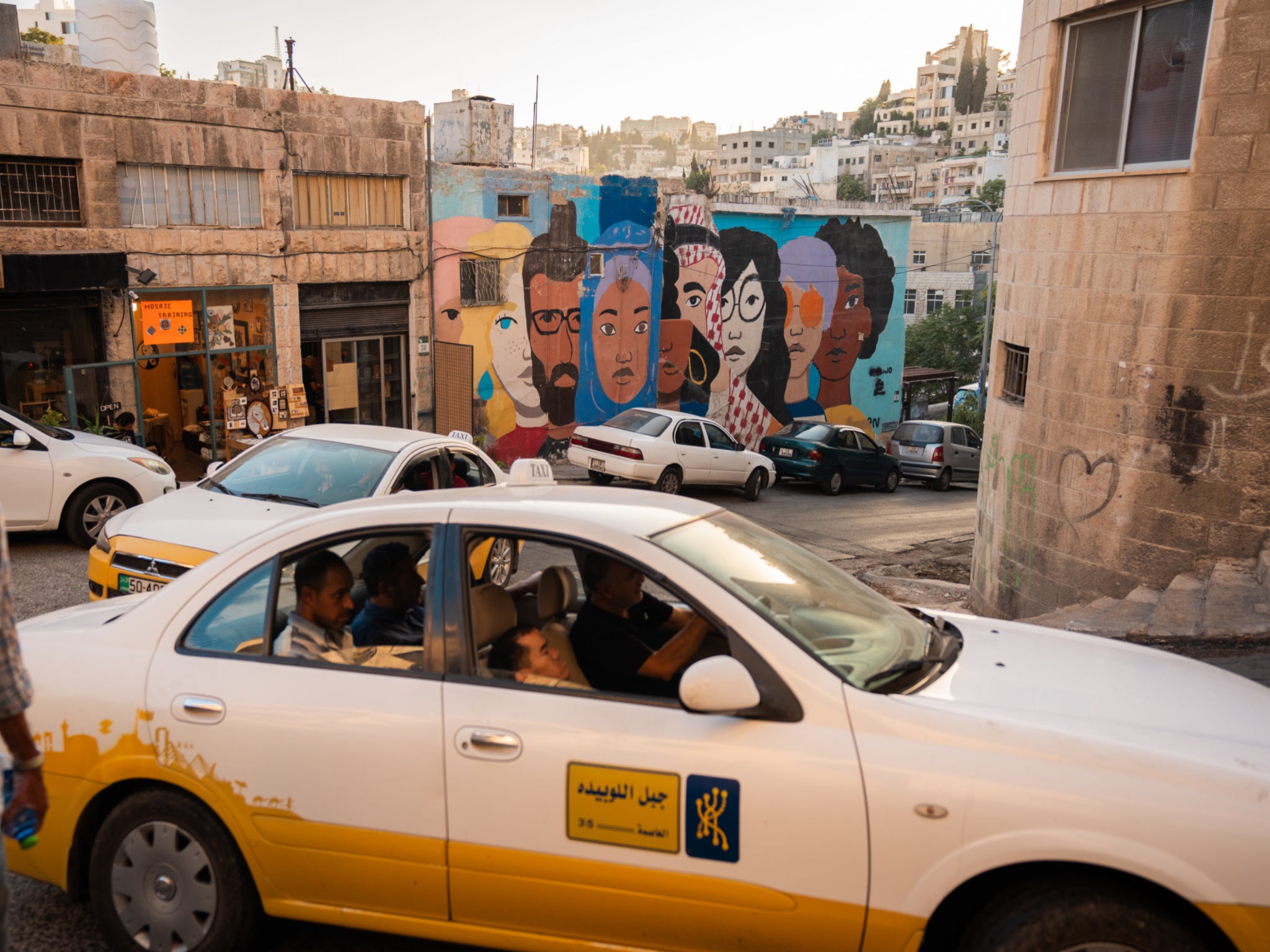
The neighbourhood of Jabal Amman is like a canvas. On any other day, I would have walked past these mural-covered walls with barely more than a glance. But exploring the meaning behind each piece on a unique hip-hop tour was unlocking a whole new perspective on the city for me.
Petra, the Dead Sea and Wadi Rum, three of Jordan’s most popular sites, may attract millions of tourists to the Middle Eastern country each year. But Jordan is also home to a capital brimming with colour, thanks to its underground art scene.
Amman, originally built across seven hills, is now a thriving city with a unique blend of modern culture. Home to archeological wonders such as the Amman Citadel and a Roman theatre, it is often claimed that it’s one of the world’s oldest cities. These historical sites are packed tightly around busy neighbourhoods, aesthetically pleasing cafes, and expensive rooftop bars catering to the city’s four million residents.
But when you’re appreciating the skyline of houses that creep up the hillside, there’s also something else that might catch your attention. Look closely and you’ll start to notice street art on many of the buildings. For those in the know, it’s a message that Amman’s underground hip-hop and street-art scene is thriving.
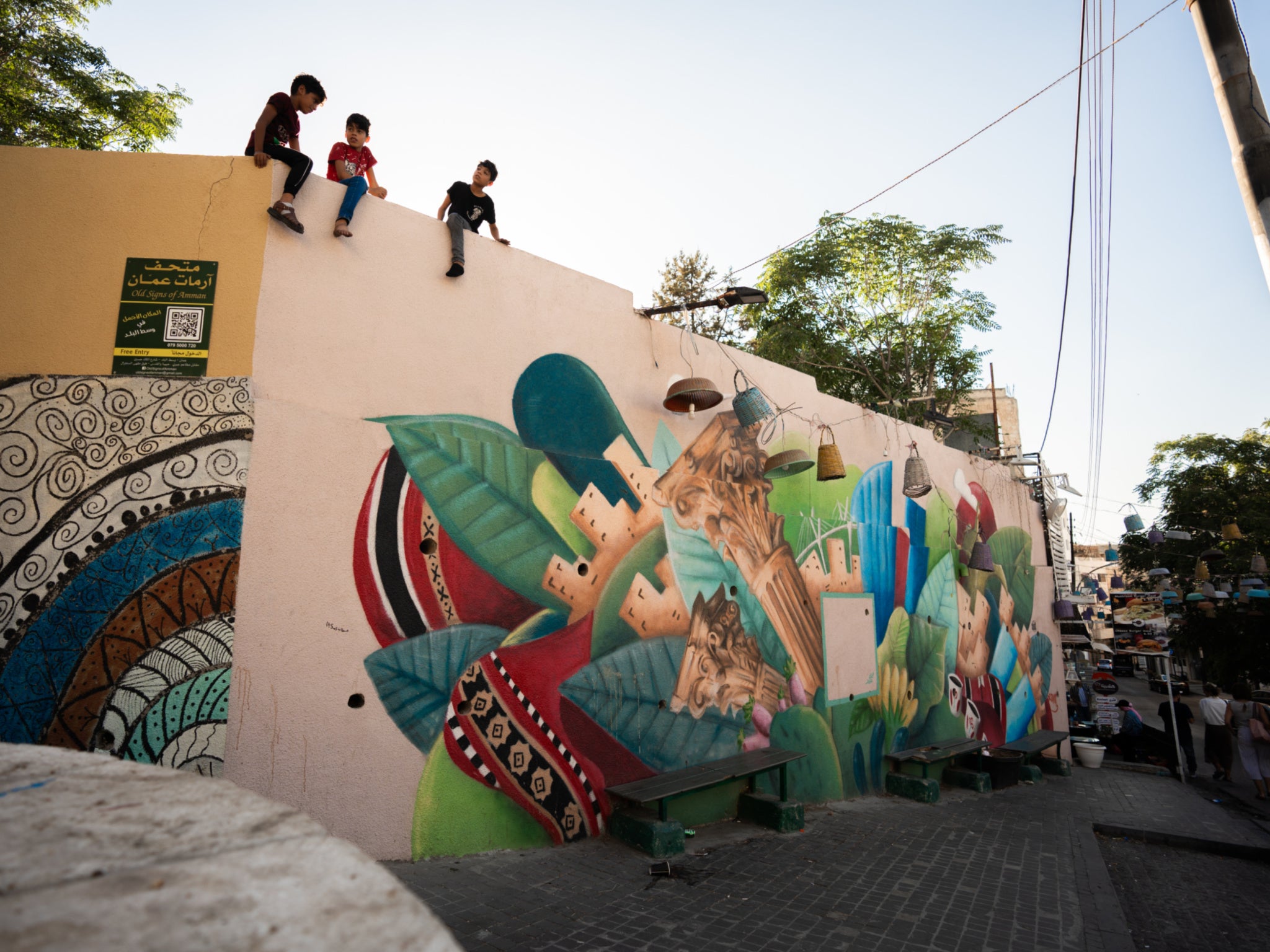
Read more about Jordan Travel:
I decided to get a closer look at this off-beat side of the city with the Underground Amman Tour, a two-hour walking tour that takes visitors around some of Amman’s oldest neighbourhoods while highlighting the role of street art in Arab culture. Launched in 2019, the donation-based tour lets visitors learn more about the hip-hop scene and meet community members, with the money funding local hip-hop initiatives and encouraging further creativity in the city.
Avoiding the hottest part of the day, the tour started from Rainbow Street in the early evening. Awaiting us was Alaeddin Rahmeh, a 33-year-old art activist, breakdancer, and co-founder of Underground Amman. Clearly, his paint-spattered jeans were a sign we were in the right place.

Raised in a Palestinian camp in Amman, Alaeddin’s first brush with hip-hop came through watching it on TV as a youngster. While Amman’s concrete cityscape left little space for parks or play areas, its walls and flat surfaces allowed for other types of expression inspired by hip-hop.
Alaeddin kicked off the tour by familiarising us with the five elements of hip-hop: DJing, breakdancing, beatboxing, rap, and, of course, graffiti. Each serves a unique purpose that resonates with the deeply creative and revolutionary spirit of the hip-hop community.
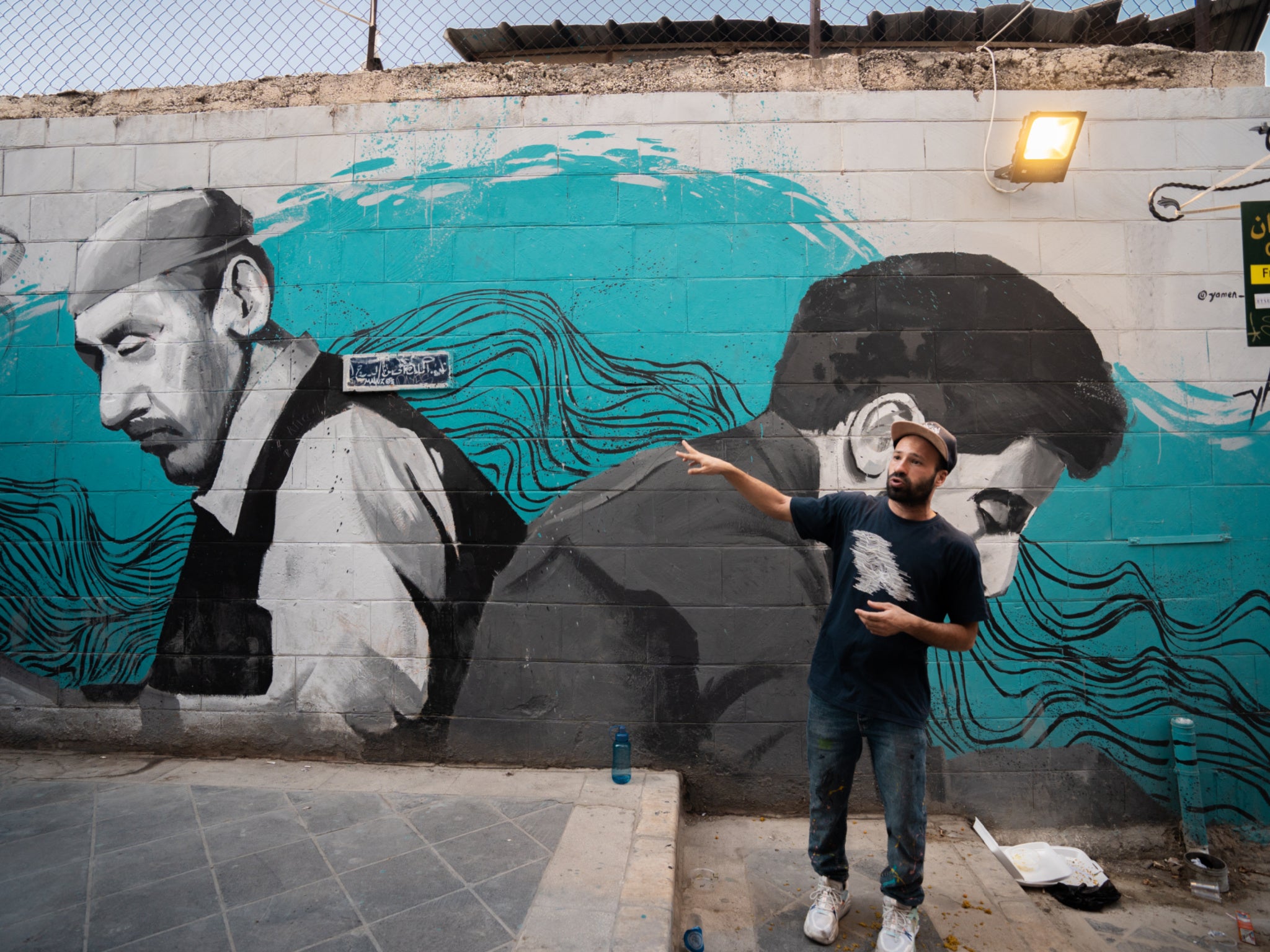
It’s clear that many street artists in Amman use their artistic expression to share powerful messages about nature, youth culture and gender equality. One artist, who goes by the name Sardine, paints the town with signature origami paper boats that symbolise water shortages plighting Jordan, one of the world’s driest nations.
When introducing us to the work of Yaratun, Alaeddin highlighted another unexpected fact: 70 per cent of Amman’s street artists are female. “It’s something we’re very proud of,” he added. Like other artists, Yaratun has a signature style evident in the pieces she’s done across the city. She raises awareness of mental health by featuring a cut-out heart shape on the chest of the figures she paints.
It wasn’t long before I started noticing the artistic signatures we’d been introduced to wherever I looked.
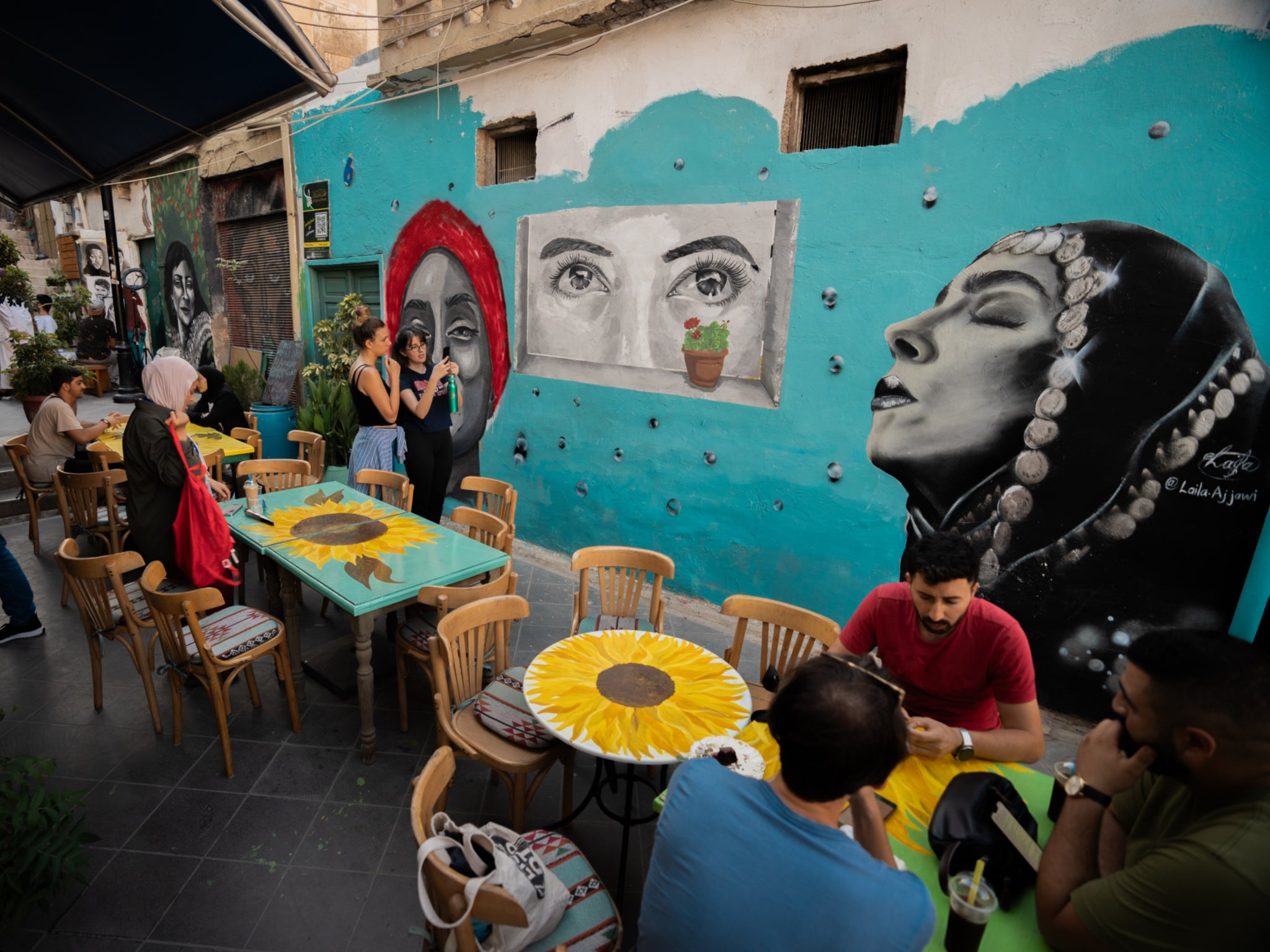
There are now more than 500 pieces (and counting) of street art dotted around Amman. However, in traditionally conservative Jordan, the journey towards such acceptance has been fraught with challenges. As a result, the street-art community sticks to several rules when making their art, such as avoiding political, religious or sexual themes. Alaeddin revealed that one artist was even detained for beatboxing the national anthem, only to secure his release when he offered to paint a mural in the police station.
Despite challenges, Arabic culture has also played a role in Amman’s hip-hop scene – particularly in rap. “Poetry is very important in Arabic culture,” Alaeddin said. “Now there are so many beautiful Arab rap artists. Art, in general, is becoming more appreciated, more accepted, and spreading in Arabic culture.”
Now there are so many beautiful Arab rap artists. Art, in general, is becoming more appreciated, more accepted, and spreading in Arabic culture
Amman’s downtown area, the chaotic soul of the city, was our next stop. As we began to ascend the Al-Kalha Stairs, a historical winding alley now brimming with murals and street art, I was reminded that Alaeddin wasn’t wrong when he joked about Amman’s 1 million stairs. Here, taking a break from our uphill climb, Alaeddin demonstrated his breakdancing talents. I was amazed that he still had the energy to show off his power moves. Then again, as a champion breakdancer and choreographer, this energy is probably second nature.
As the sun set and we neared the end of our tour, Alaeddin had one more surprise. Guiding us towards the artistic neighbourhood of Jabal al-Weibdeh, he invited us into a brightly painted, abandoned property called the ‘House of Dreaming.’ Symbolising the acceptance of the hip-hop community, Alaeddin explained this was an open space where anyone can come and paint – and paint they certainly had.
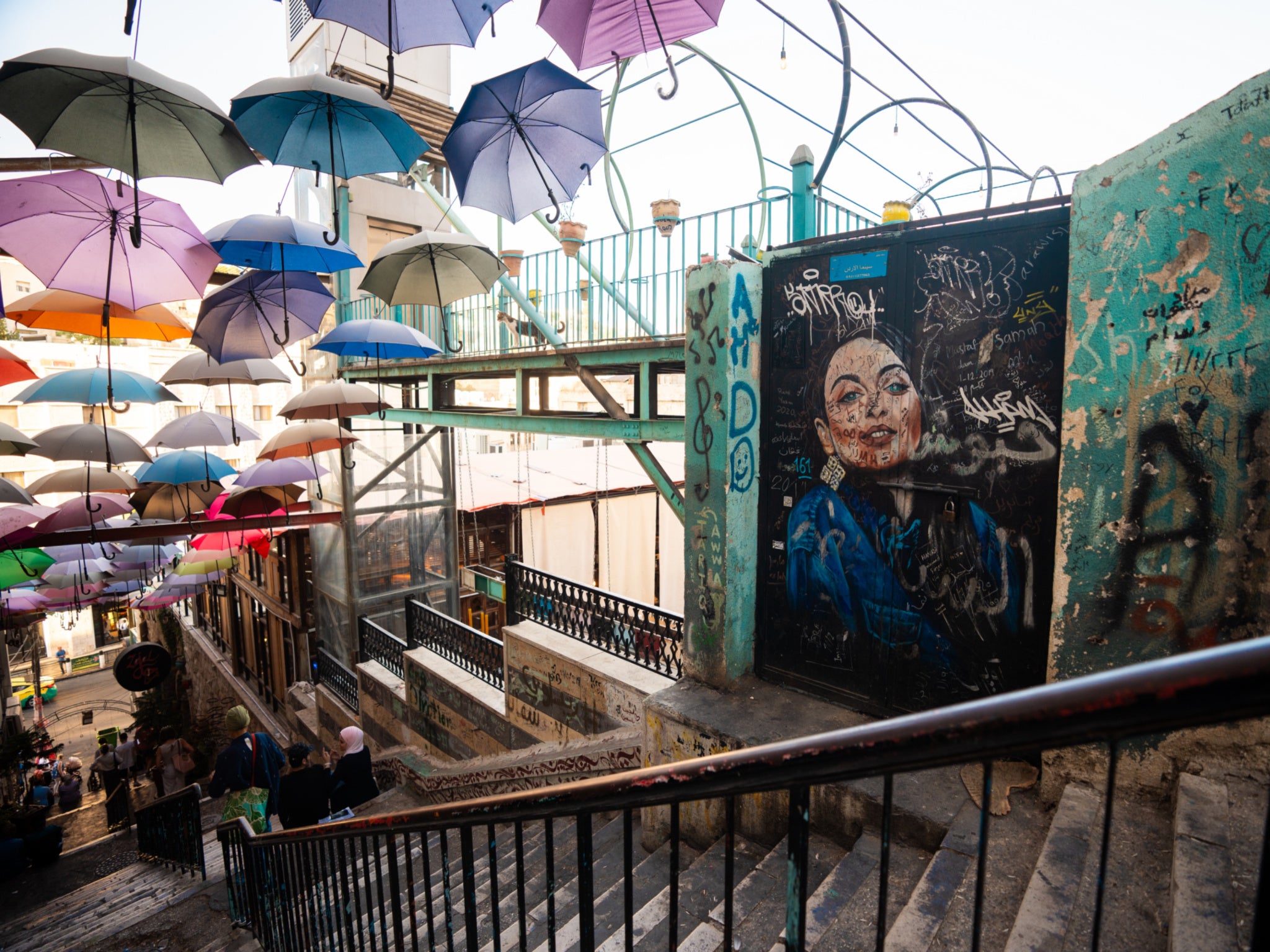
The Underground Amman tour has undoubtedly deepened my appreciation of this sprawling city. Speaking about the impact the tour has had, Alaeddin said: “We’ve been able to broaden the audience for Amman’s hip-hop scene, so more people know about and better understand hip-hop.”
“More folks are listening to Jordanian hip-hop music, collaborating and connecting with artists,” he added.
Amman’s hip-hop scene and the important messages behind its street art not only reveal a different side to the capital but also demonstrate that, as this city evolves, its artists have a lot more to say.
Travel essentials
Getting there
You can fly directly to Amman from many UK airports, with airlines such as British Airways, Royal Jordanian and WizzAir. Flight time is around five hours.
Staying there
There are many budget options like The Cabin Hostel, which provides shared dorms and private rooms. Here, you can find a relaxed atmosphere and interesting conversations with travellers visiting from around the world. Remember, this is a hostel, so expect a rough-around-the-edges charm and a shared bathroom. The Cabin also promotes the Underground Amman tour, so you can get extra information from the front desk.
More information
Book the Underground Amman tour via Instagram
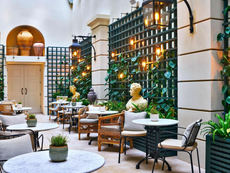
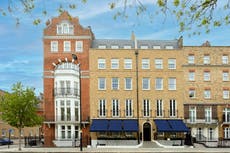
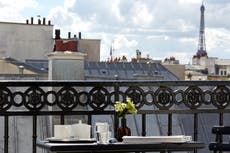
Join our commenting forum
Join thought-provoking conversations, follow other Independent readers and see their replies
Comments